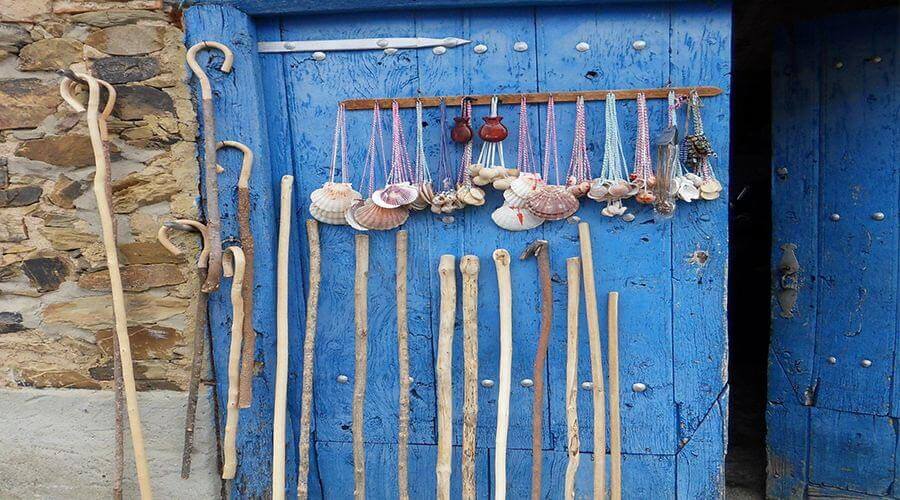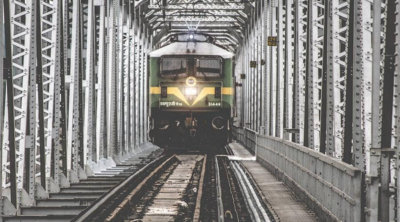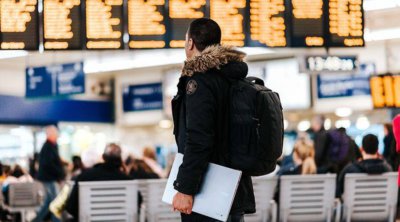El Camino de Santiago
The Camino de Santiago is one of the most important Christian pilgrimage routes in Europe. Every year thousands of people come from all around the world with the aim to get to the city’s cathedral in Santiago de Compostela and to visit the apostle Santiago’s grave.
For many students who come to practice Spanish in Spain, to undertake the Camino can be an adventure and an unforgettable experience. It is a way to practice a new language while discovering the nature, art, and history, of a pilgrimage that has been carried out since the Middle Ages.
According to the Tourism Studies Institute from Galicia, one in four people cover the Camino de Santiago motivated by the visit of the historic-artistic heritage, one out of five to do sports, and up to 17% does it for fun. A third part does it for religious reasons.
There are many routes that go to Santiago but the most famous one is the French route, which starts in Spain from the locality of Roncesavalles (Navarra) and crosses the cities of Pamplona, Logroño, Burgos, and León, before getting to its destination Santiago de Compostela, these cities figure in Spanish in Tour. There are numerous routes that have been created in Spain, the main ones are the Aragonese route, the Basque one, the north, the primitive, the silver route, the sanabrés, the Fisterra and the Camino Portugués. Many other routes start from all of Spain and the majority join the French route to continue towards Santiago de Compostela. Hereafter we leave you a map with all the routes that exist in Spain:
There is a saying that “The Camino de Santiago starts at everyone’s home”, if you are planning to come to visit or if you want to practice Spanish in Spain, covering the Camino is a big opportunity to live an adventure that can’t be explained, you need to experience it.
To undertake the Saint James’ Way or Camino de Santiago is a big experience and it is a way to undertake an intensive course during the pilgrimage time until the Santiago de Compostela cathedral, for students who have decided to learn Spanish in Spain.
There are many reasons why you should undertake the Camino (religious, personal challenge, adventure, etc), but it is without a doubt a different and unique way to do tourism, to meet people and to learn more about the Spanish culture.
When the Camino de Santiago is finalized, all pilgrims get the “Compostela”, which is the certification that is given to recognize that the pilgrimage was accomplished. To achieve it you need a series of requirements in order to be allowed in the shelter and hostels on the Camino. You need to be accredited with a credential you can get from brotherhoods, churches, associations or shelters along the Camino. This credential is essential not only to be allowed for shelters and hostels but also because it is where the stamps are put on, giving credit for the points on the road passed from.
Students of Spanish language who decide to undertake the Camino can cover the hundreds of kilometers of routes by foot, but it is also possible to do it by bike or horse. There are also some prerequisites you need regarding distances you have to cover to consider the Camino as fulfilled: a minimum of 100 Km. by foot and 200 Km. by horse or bike.
It is also important to follow some practical advice to be able to enjoy this experience without problems: organise the routes to follow beforehand, take a backpack under 5 Kg. weight, always have water and isotonic drinks provisions, comfortable footwear (boots), peaked cap or hat, sunglasses, raincoat, a wooden stick and reflecting clothes.
Now you are prepared to undertake the Camino de Santiago and learn Spanish in Spain in a totally different way, while you enjoy an adventure where you cover paths, mountains, forests and small villages until reaching the Santiago cathedral.
Did you like this post?
CHECK ALL THE FREE RESOURCES FOR TRAVEL TO SPAIN AND LATIN AMERICA
Do you want more information about our Online Spanish Courses?
The Best Teachers. The Best Method. The Best E-learning platform.











